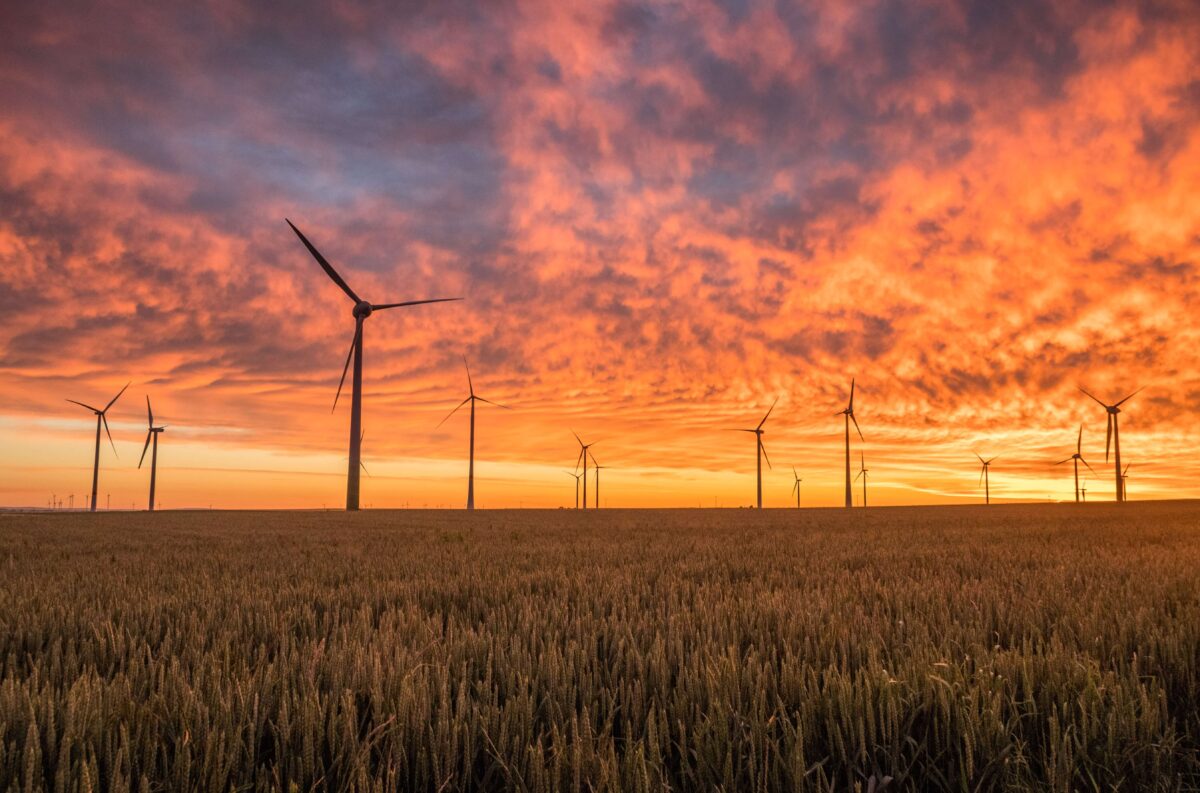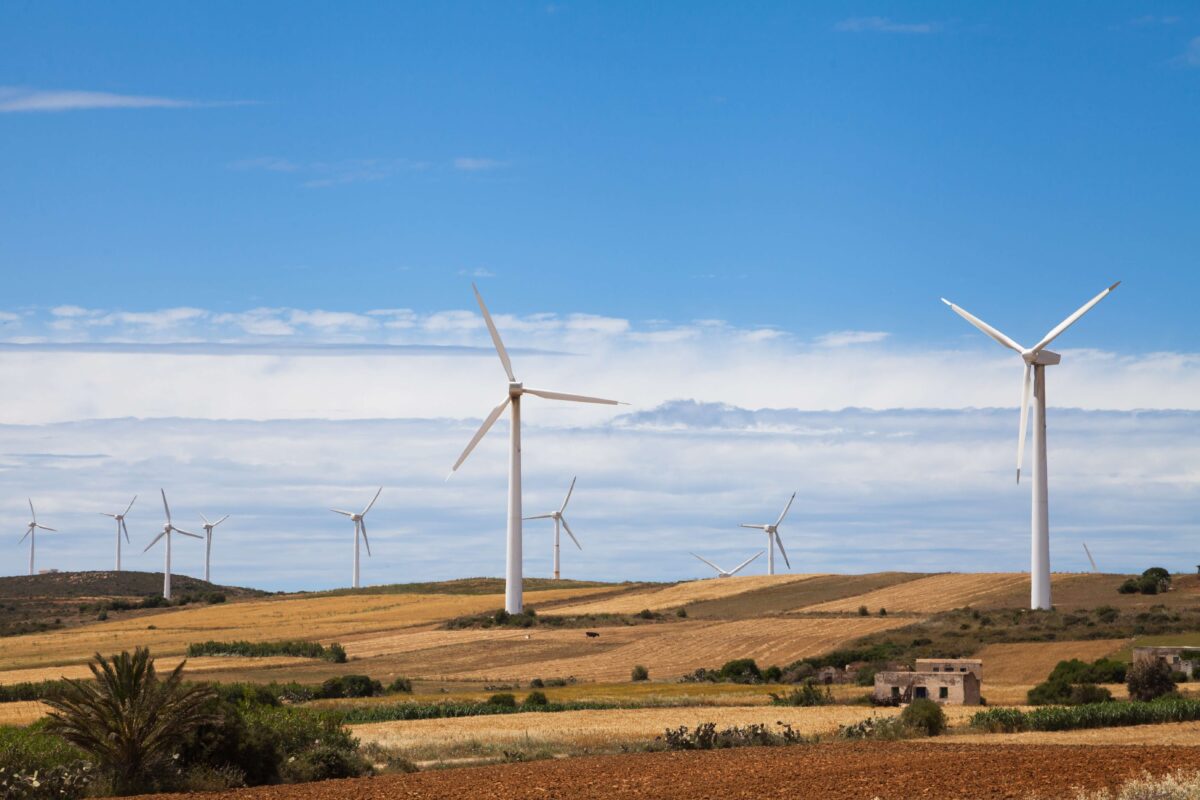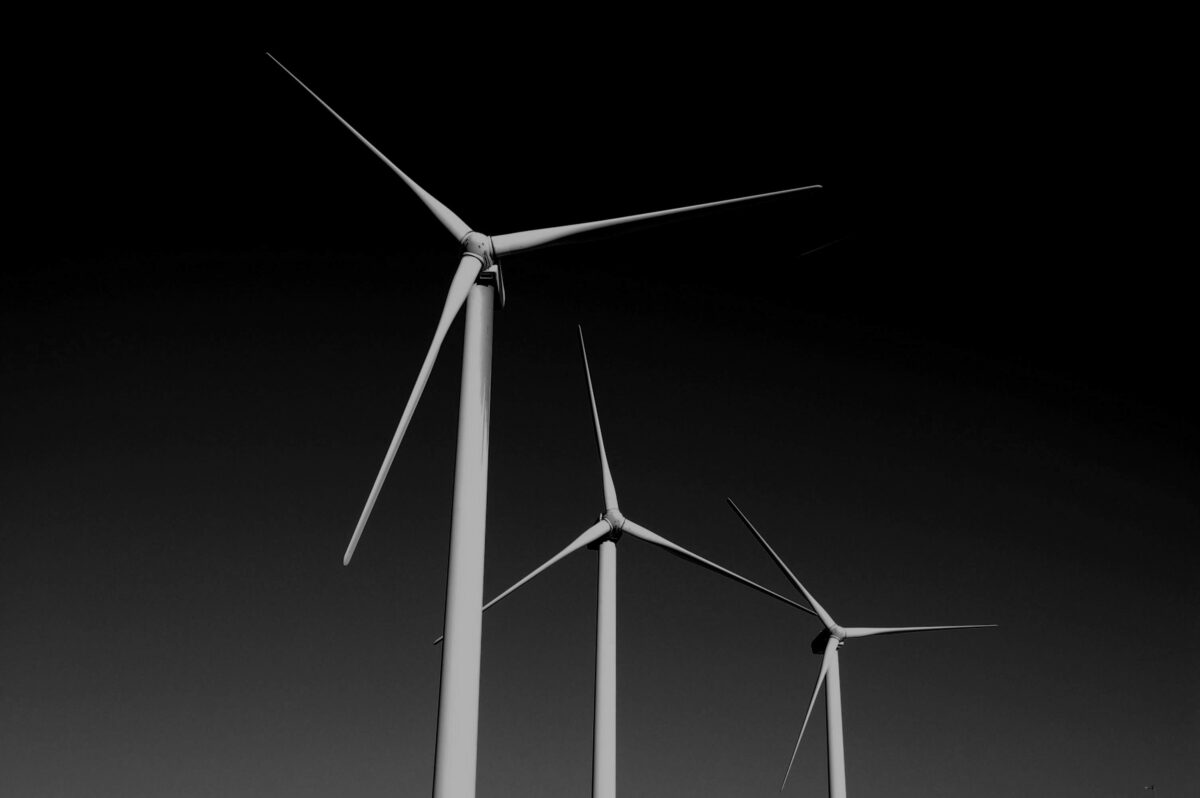British government calls a halt to Hinkley development until Autumn; grid connected storage expected to double in 2016
Britain’s Energy Dilemma
Britain will need to produce extra electricity in coming decades to met rising demand, in a way that keeps costs reasonable and carbon emissions minimised. Hinkley – anticipated to meet 7% of the nation’s electricity demand – was considered by some to be a key part of the solution, providing a much needed stable baseload. Others argued against the project, particularly in light of the rising budget associated with the project and the huge burden it would place on the UK. However, after years in the pipeline and finally getting the go ahead from EDF, last week the British government surprised the nation by calling a halt to development until Autumn.
In the wake of this, British business leaders and trade unions are calling for the Government to go ahead with the build, saying that it is needed to deliver thousands of jobs. But the project doesn’t seem favourable to many, not least Downing Street’s joint chief of staff Nick Timothy, who wrote on the ConservativeHome website that Hinkley would allow the Chinese to ‘use their role to build weaknesses into computer systems which will allow them to shut down Britain’s energy production at will’.
While much speculation exists as to why the project was halted (it goes against the ideology of May’s administration, security concerns over Chinese investment, concerns over the EDF board’s decision following high profile resignations) they UK must now focus on exploring what the alternative to Hinkley looks like and develop a long-term strategy to deliver the goals of the trilemma.
Getting to 100%
Perhaps the UK should look to New York, who have a highly ambitious renewable target to generate half their energy from clean sources by 2030. This will rely heavily on nuclear, and divert US$965 million in subsidies to the upstate nuclear power plants. They also plan to ramp up renewables from 26.31% to 30.54% by 2021.
California is set to become host to the world’s largest offshore wind farm, producing 765MW from 100 turbines on floating platforms 33 miles off the coast. The turbines require no piling, meaning that the installation is reversible and nothing will be left on the seabed if and when the project is decommissioned.
Denmark too are looking to become leaders in the renewable space, currently generating 40% of their electricity from wind, with plans to reach 50% by 2020 and 100% by 2050 – enabled though their steady policy commitments to clean energy. With such a high penetration of variable resource, their grid is closely managed by Energinet.dk, who use day ahead forecasting to co-ordinate energy produced by small co-operatives in regional micro-grids. They also have interconnects Norway, Sweden and Germany, which can transfer out or buy in up to 6.4 GW of electricity.
China too are increasing their wind capacity; now at 140GW, up 8.5% from 2015. However, both curtailment and equipment issues has resulted in reduced operating hours in 2016; while he industry has grown quickly, the quality of equipment needs to be improved, as does the level of monitoring and evaluation system used in the sector.
In South Africa the destabilising effect that renewables are having on an already strained grid is leading Eskom to reconsider their power purchase agreements with independent power providers under the government’s renewable energy independent power producers’ procurement programme (REIPPPP). Under this programme an additional 1,084MW has been connected to South Africa’s grid through almost 100 renewable energy projects; Eskom now have just over 3,000MW of generation contracted (to help with stabilising the grid after load shedding incidents) of which just over 2,000MW has been connected – the rest is due to come online in 2018.
Storage
Grid connected storage, which can support grid reliability goals, is anticipated to double this year from 1.4GW to 2.9GW. Falling battery costs and expanding application areas lead many to speculate that “storage is set to grow as fast as solar photovoltaic energy has in recent years”. Commercial and industrial applications have shown the fastest growth, and now two major companies (SonnenBatterie pro and Greensmith’s Omni4) are launching systems for this market.
While current improvements in the storage sector tend to come from the Li-ion world, there are leaps and bounds being made with other technologies, most notably this week from researchers at Harvard working on redox flow batteries. They found that using a chemical derived from vitamin B2 could help improve the economic viability of flow batteries, which have lagged behind solid state batteries to date. However the recent findings suggest that the new compound could be very cheap to manufacture, due to the abundance and availability of the resource, and the ability to make high yields in a single step process.
With price decreases of current technologies, and weekly hype about new ones, perhaps Elon Musk’s prediction that the energy-storage market will go “ballistic” toward the end of 2016 should come as no surprise. However, there may still be regulatory barriers to overcome in getting storage deployed as a distributed energy resource on the grid.
Distributed Resources
Distributed resources are seen to play a big role in the renewable energy future of many nations. In the UK Ofgem announced that they will be reviewing the charges that local generators pay to use national electricity networks. Currently, local generators feed power onto local networks rather than the transmission network, and consequently receive an “embedded benefit” as they reduce use of the transmission network and lower consumer bills by eliminating the need for new network infrastructure. However, EDF, Scottish Power, and Centrica have been pushing for changes in how users pay for networks, which will increase costs for all businesses and public sector organisations that generate their own power and export it locally.
A push for more appropriate charging is also a key functionality highlighted by the recent Future Power Systems Architecture report, whereby a mechanism to enable “peer to peer trading with appropriate charging for use of the power sector [Function 15.5]” is suggested to address the anticipated interest in peer-to-peer trading amongst distributed generation asset owners, such that the cost of the system is shared equitably.
Resolving how best to manage distributed resources has fast become a global issues, and in California, PG&E are testing General Electric’s Distributed Resource Management System (DERMS), to see how distributed energy resource (DER) hardware – including smart inverters and behind the meter batteries – and utility/aggregator operating platforms work together to strengthen the grid rather than create congestion or instability.
Despite all the excitement around distributed resources, rooftop solar could be vulnerable to hackers, with drones perching high on buildings and tapping into unsecured wifi networks to gain access to PV systems controls.
On the flip side, a recent report from Citi predicts that big data could work with near zero-variable cost resources (incl. wind and solar) to deliver “free energy”. In Australia the high level or rooftop solar, residential batteries, and smart software mean that homes could pool their resources to trade power with others, in the form of a “transactive energy”.
And big data will be a key element in delivering virtual power plants, where distributed resources and energy efficient buildings are grouped together and remotely controlled to optimise across the network. Virtual power plant are becoming increasingly evident in a number of regions in the US and Europe, where utilities are working with software companies and demand aggregators to deliver projects that can support high penetration of renewables whilst maintaining grid reliability, helping to overcome one of the main barriers renewables have faced. Now we just need to solve issues around short run marginal costs and electrification of heat and transport… Until next time!




